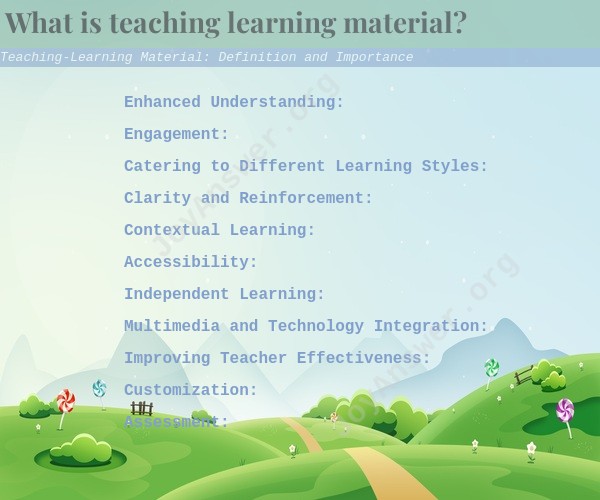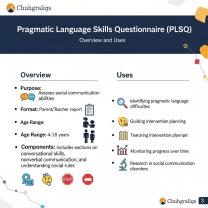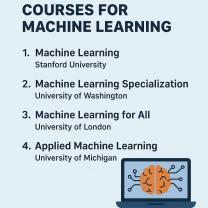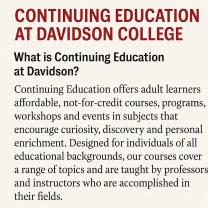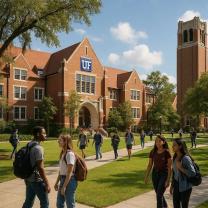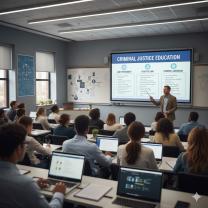What is teaching learning material?
Teaching-Learning Material (TLM), also known as instructional materials, refers to the various resources and tools used by educators to facilitate the teaching and learning process. These materials are designed to support and enhance the educational experience by providing information, explanations, examples, and activities that help students understand and engage with the subject matter. Teaching-learning materials can take various forms and serve different educational purposes.
The importance of teaching-learning materials in education is significant for several reasons:
Enhanced Understanding: TLM can make complex concepts more accessible and understandable for students by providing visual aids, real-world examples, and hands-on activities.
Engagement: The use of varied and interactive materials can increase student engagement in the learning process. TLM can make lessons more interesting and interactive, reducing boredom and passive learning.
Catering to Different Learning Styles: Students have different learning styles (e.g., visual, auditory, kinesthetic), and TLM can cater to these diverse needs. Visual learners benefit from diagrams and images, while kinesthetic learners benefit from hands-on materials.
Clarity and Reinforcement: TLM can clarify and reinforce the content covered in lessons. Charts, graphs, models, and practical exercises help students retain information better.
Contextual Learning: TLM can provide real-world context for abstract concepts, making learning more relevant and practical. For instance, using maps for geography lessons or laboratory equipment for science experiments.
Accessibility: TLM can make educational resources more accessible to students with different abilities or learning challenges. For example, audio materials for students with visual impairments.
Independent Learning: Many TLM can be used by students for self-study and independent learning. This promotes autonomy and self-directed learning.
Multimedia and Technology Integration: In today's digital age, TLM often includes multimedia and technology, such as educational software, interactive apps, and online resources, which can enhance the learning experience.
Improving Teacher Effectiveness: Teachers can use TLM to supplement their teaching and make lessons more effective. TLM can help teachers save time and increase their effectiveness in the classroom.
Customization: TLM can be customized to fit the needs of specific groups of students or to address individual learning goals. Teachers can adapt TLM to address specific learning objectives.
Assessment: TLM can be used for formative and summative assessment purposes. Teachers can design quizzes, tests, or exercises using TLM to evaluate students' understanding and progress.
Promotion of Critical Thinking: TLM can be used to stimulate critical thinking and problem-solving skills by presenting real-world scenarios or case studies.
Promoting Creativity: Some TLM, such as art supplies or design software, encourage creativity and artistic expression.
Alignment with Curriculum: TLM can be designed to align with curriculum standards and learning objectives, ensuring that the educational content is relevant and appropriate.
Resource Management: Effective use of TLM can help in managing educational resources efficiently, reducing waste, and cost-effectively delivering content.
In summary, teaching-learning materials play a crucial role in the teaching and learning process. They offer multiple benefits, such as improved understanding, engagement, and catering to diverse learning styles. The choice and effective use of TLM are essential for creating a positive and enriching educational environment.
Teaching-Learning Materials: Enhancing Education
Teaching-learning materials (TLMs) are any resources that teachers use to support student learning. They can be physical objects, such as textbooks, worksheets, and manipulatives, or they can be digital resources, such as websites, videos, and simulations. TLMs play an important role in enhancing education by providing students with opportunities to learn in a variety of ways.
The Role of Teaching-Learning Materials in Instruction
TLMs can be used to support instruction in a variety of ways. For example, they can be used to:
- Introduce new concepts and ideas
- Provide opportunities for students to practice new skills
- Assess student learning
- Engage students in learning
- Make learning more accessible and inclusive
Examples and Applications of Teaching-Learning Materials
TLMs can be grouped into a variety of categories, including:
- Printed materials: Textbooks, workbooks, handouts, worksheets, posters, charts, and other printed materials are commonly used TLMs.
- Manipulatives: Manipulatives are concrete objects that students can use to explore and learn about concepts. Examples of manipulatives include blocks, beads, and geometric shapes.
- Audiovisual materials: Audiovisual materials, such as videos, audio recordings, and multimedia presentations, can be used to engage students in learning and to present complex information in a clear and concise way.
- Educational technology: Educational technology, such as computers, tablets, and interactive whiteboards, can be used to provide students with access to a wide range of learning resources and to create engaging and interactive learning experiences.
Building Engaging Lessons with Teaching Materials
When choosing TLMs, it is important to select materials that are appropriate for the students' age, abilities, and interests. It is also important to choose materials that are aligned with the curriculum and that will help students to achieve the learning objectives of the lesson.
Once TLMs have been selected, they can be used to build engaging lessons by:
- Using a variety of TLMs in each lesson
- Creating lessons that are interactive and hands-on
- Allowing students to work in pairs or small groups
- Providing opportunities for students to share their ideas and findings
- Making sure that the TLMs are engaging and visually appealing
Maximizing Learning Potential with the Right Materials
The right TLMs can make a big difference in student learning. By carefully selecting TLMs and using them in effective ways, teachers can help students to reach their full learning potential.
Here are some tips for maximizing student learning with TLMs:
- Use a variety of TLMs to reach all learners. Different learners learn in different ways, so it is important to use a variety of TLMs in each lesson. This will help to ensure that all students have the opportunity to learn and succeed.
- Make TLMs accessible and inclusive. All students should have access to the TLMs that they need to learn effectively. This means providing accommodations for students with disabilities and making sure that TLMs are available in multiple languages.
- Use TLMs in a meaningful way. TLMs should be used to support the learning objectives of the lesson. They should not be used simply as a way to fill time or to keep students entertained.
- Assess student learning with TLMs. TLMs can be used to assess student learning in a variety of ways. For example, teachers can use TLMs to create formative assessments, such as quizzes and exit tickets, or they can use TLMs to create summative assessments, such as projects and presentations.
By following these tips, teachers can maximize the impact of TLMs on student learning.
